Ultramundo is not just a mezcal, it is the heart of a regenerative ranching project
This July I realized a long held ambition, of driving down through Mexico with my partner Brooks Bailey. We picked up the car in Oakland, and drove it down the California coast, via a quick layover to get married! After, we hit the highway to start our road-trip of a honeymoon that took us across the border at San Diego, down Baja California and over to the mainland at Mazatlan. Our end goal was Oaxaca, where we call home. However we had a bit of a detour planned to fulfill one more dream, visiting Rancho Pelayo,in Durango, home of Ultramundo Mezcal.
Rancho Pelayo stretches across a section of the Southern Chihuahua desert in Durango, Mexico. Durango is the largest of all Mexican states, yet it has the smallest per capita population. The road from the port at Mazatlan toward Durango cuts straight through the mountains, taking you into dark tunnels, before epic suspension bridges fly you across the next beautiful expanse of landscape.
After this stunning drive, we met up with the founder of Ultramundo, Sergio Garnier, who led us to the town of Mapimi. This is a ‘pueblo magico’ that has belonged to the “Camino Real de Tierra Adentro” on the UNESCO list since 2010. From this point it is another hour or so, off road, to the ranch itself.
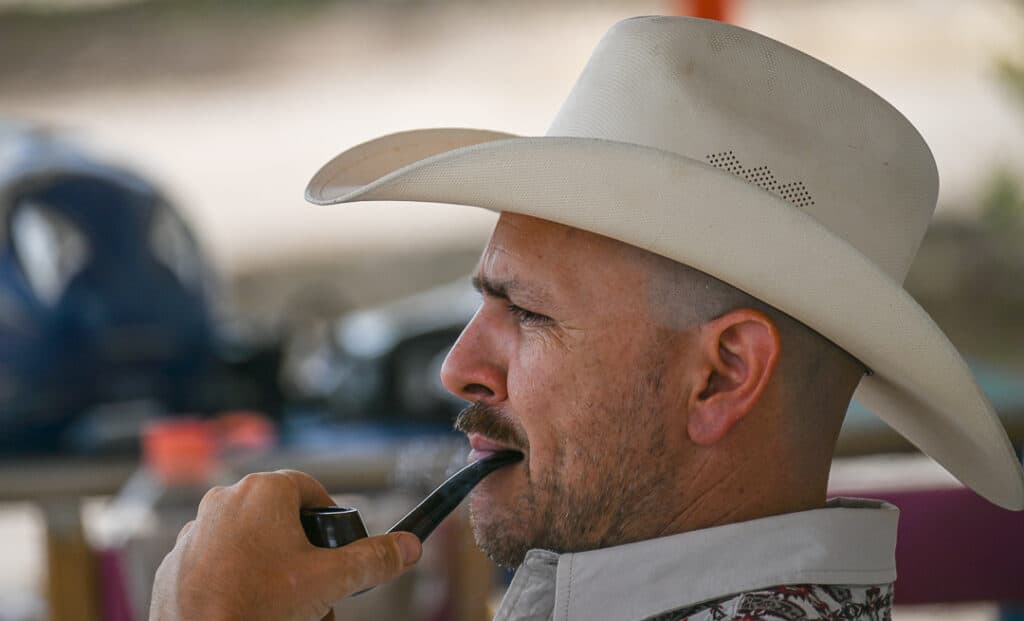
It was a moody, summer afternoon when we pulled up at the ranch and storm clouds swirled overhead. As we drove through gate after gate, it felt like entering stages of another dimension. The native flora looked otherworldly, with tendrils of ocotillo emerging from the scrub and purple nopal popping-up like rare, alien creatures. Free roaming cattle also show up now and again, chewing the spiky yucca that breaks up the skyline along with the flowers of countless agave.

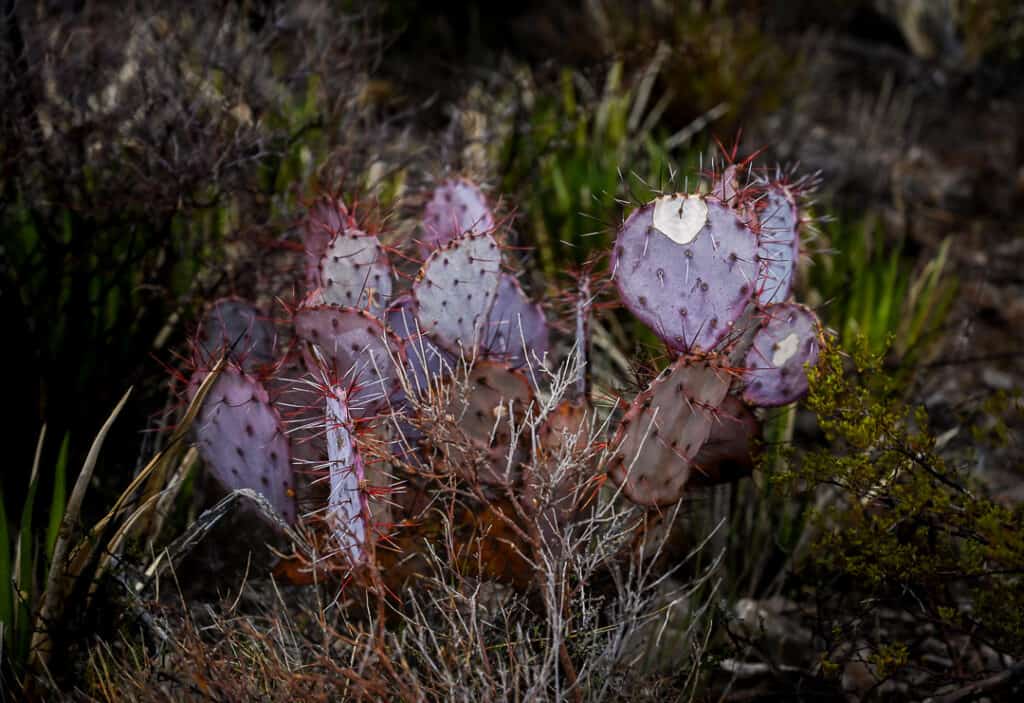
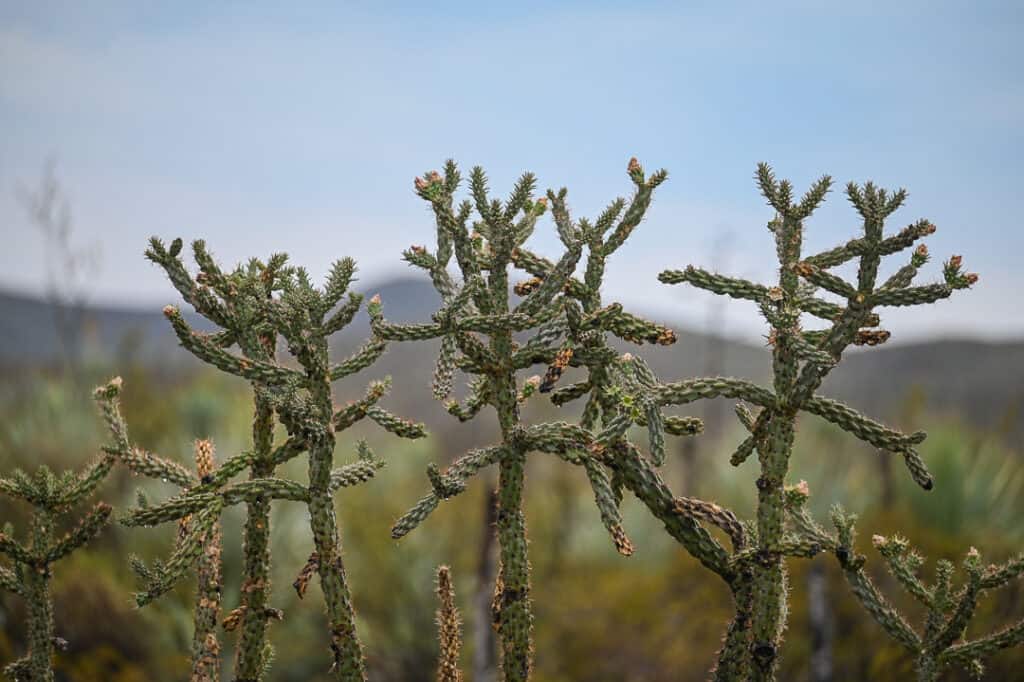


The desert, the ranch and the agave
The ranch is part of the Zona de Silencio (Silent Zone). In July 1970, a test missile launched from a US military base in Utah lost control and fell in this zone. The rocket was carrying two small containers of a radioactive element. Although there was a clean-up operation, myths and stories arose about the region. There are suggestions of strange magnetic anomalies that prevent radio transmission, flora and fauna mutations and even reports of extraterrestrial sightings.
So it’s not surprising that Sergio Garnier has named his new agave spirit brand Ultramundo (Overworld or Otherworld). He describes how they have been “inspired by the flora and fauna of La Zona del Silencio, part of the natural protected area of the Mapimí Biosphere within the Chihuahuan desert.”
Garnier’s father acquired the 24,000 acre property ten years ago with the hopes of finally ranching his own cattle after working as a veterinarian for decades in Torreón, Coahuila. However due to a decline in the cattle market and visible degradation of the land, the family looked to diversify. It fell to Sergio to look deeper into the land and see how he could utilize resources in a new and ecological way.
Garnier invited us to capture some of the unique character of this surreal place, while exploring its high-points and far-reaches using ATVs. He explained to us that the ranch itself is the main character in the Ultramundo story. One of the things that stood out as we drove further into the property are the increasingly abundant islands of dusty, light green agaves, spilling over each other.


Garnier tells us of the moment he realized he may have been overlooking something special. He had shown a producer friend photos of this unique species scattered across his land. To his surprise he was told that the plant was called Lamparillo, (Asperrima), a rare agave. This plant was the inspiration to develop a mezcal brand, and has been the focus of his regeneration efforts at the ranch. Endemic plants like this are key to their ecosystems and can be a thermometer when it comes to measuring the state of health of a territory. For that reason, their protection is critical.
Garnier talks about Lamparillo as a “bad-ass hybrid” of Cenizo, Durangenses and Salmianna that has overcome the unique challenges of the local terrain. This landscape is like a last frontier. If a plant can survive here perhaps it can teach us things about surviving in other hostile environments. “Lamparillo is already adapted. Here it is the only agave that is adapted to these tough conditions.” This “hybrid” has clearly not just overcome, but thrives in its unique environment, raising clones and producing from seed.
The Lamparillo is an almost luminous, pale green color and its leaves are thick with a distinct, leathery texture. The overall form is organic and the leaves move like arms, unlike many agave that have a clear, geometric shape. Lamparillo grows together in clusters, which is a characteristic, particularly valuable for the maintenance of the Garnier ranch, as they grab the soil with their roots and prevent it from being washed away.
Lamparillo naturally grows many hijuelos (clones from the root system). This helps with the process of securing the surrounding earth. It also gives the plant more than one way of reproducing in the harsh terrain. Although currently he is only using wild Lamparillo for Ultramundo, Garnier has been developing a plant nursery to gain further understanding of how the Lamparillo can be cultivated using seeds and clones. Though he is still learning about the plant, Garnier averages the growth time for mature plants at around fifteen years.
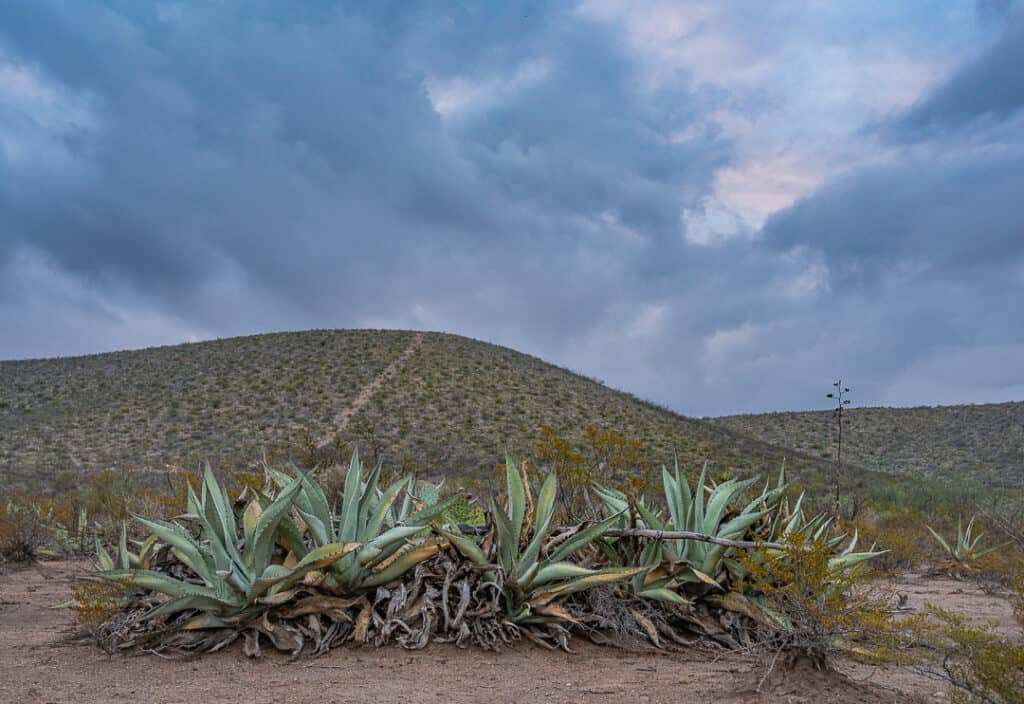



Reviving the landscape
In this region significant factors are leading to desertification. These include changes in land use such as growing monocrops and increased grazing. Monocrops reduce biodiversity and strip soil of nutrients, while overgrazing wears away the surface.
As Pelayo ranch was originally purchased to breed specialist cattle, there are still cowboys on site that maintain this side of the family’s work. However, cattle themselves are a cause for concern in a habitat like Rancho Pelayo. They wear away the soil and eat shrub grass down to a point that it dies off, no longer preserving topsoil. Garnier says that “with regenerative farming practices the soil improves and becomes more permeable. It’s not an easy job because you have to be super mindful to constantly move the cattle.” By rotating the use of each section of the ranch at least every twelve months the land has a chance to recover.
Erosion is further caused by strong winds and intense dust storms associated with the passage of cold fronts across the desert. Poor management of natural resources can worsen the situation. Sustainable restoration is the last option here to prevent further erosion by renewing protective vegetation, such as Lamparillo.


Garnier is very motivated to pursue regenerative activities on the ranch. “These practices are quite new. I think we are the first ones implementing them in this region. I just know of one other ranch owner that is making regional farming practices combined with a system called Keyline.” The Keyline system was developed in the 1950s. This holistic design combines the collection and conservation of water in order to make the most of water resources while returning depth and fertility to the soil.
One of the main focuses for Garnier is water management. He explains that at the ranch, “it doesn’t rain too much, but when it rains you have rivers that erode the terrain.” So a key activity has been slowing down the water “not specifically making dams, but managing the water, managing the water flow.” Garnier also uses solar panels to pump groundwater up to reservoirs at high points on the ranch. This storage solution helps to control usage, such as supplying water to the cattle.

Garnier describes how their small herd, along with the deer and wild boars, participate in the process of land management, “about 15% of the agaves we harvest have been caponed by the hungry animals in this semi-arid ecosystem,”


The desert regions beyond the Pelayo ranch are better known for the agave species Cenizo and Salmianna rather than Lamparillo. Lamparillo is not often distilled due to its rarity and minimal yield, caused by high fibrosity and low sugar content. Nor is it well known in the broader agave spirits market.
Recently a similar plant to agave, called sotol (dasylirion), has been bringing this region into the spotlight. This is due to a growing interest in the spirit made from this plant, which is the most recent celebrity backed product on the market. As with other products that begin to ‘boom,’ unchecked growth can lead to unsustainable practices. It’s important that land use in the region is approached with consideration and care of the future, not just the value right now.
In many mezcal producing regions, over farming of agave is negatively impacting the environment. Monocrops deplete the soil and biodiversity. On his family ranch, Garnier is working to use the Lamparillo to reverse these effects, using the agave as protective vegetation. As we explored the ranch it was clear to see how roots of these plants hold soil in place during heavy summer rains and winter dust storms. They sit regally on the islands they preserve, as the soil around looks worn away, as if by rivers.

There are so many Lamparillo growing wild on the ranch that there is no pressure for Garnier to over harvest. He also leaves over twenty percent of flowering plants to produce seeds which support the natural pollinators. “Bats and bees are part of the ecosystem. So we are all about doing just little changes, little actions that just don’t interfere with what the wildlife is already doing, with what the ecosystem is already doing.”
One animal that Garnier highlights for conservation in the area is the desert tortoise (gopherous flavomarginatus). This endangered reptile has suffered habitat loss and is difficult to find. “We feature this irrepressible animal on our label, and we donate funds every year to help preserve the honorable species.” Hopefully numbers will be revived, and they can emerge alongside Lamparillo amidst the surreal environment of the Zona de Silencio.
The Ultramundo bottle features an illustration of the tortoise front and center of a label shaped like a spotlight. This shines down from a moon illuminating the desert landscape behind the puzzled looking animal, with details of the other flora and fauna endemic to the region. Embossed in metallic is the name and a comet, alluding to the extraterrestrial rumors around the area. Garnier describes how the liquid in Ultramundo is the the essence of everything on the ranch, and this is clearly expressed in the label.

Turning the agave into mezcal
Lamparillo is used occasionally by the nearby mezcal producing community of Nombre de Dios, which is currently where Garnier brings his plants to be turned into mezcal. Distilleries in this area are known as Vinatas. They share some similarities with the palenques we know from the mezcal of Oaxaca. They work with agave (and sotol) using pit ovens, before fermenting and distilling. However, rather than crushing the cooked plant or using a chipper, they break it down using solely an ax. The open-fermentation vats are known as tombas (tombs), and are rectangular holes set in concrete and lined with oak.


At the vinatas, producers use a mixture of copper pot, with a ‘dalek’ looking wooden top. These wooden tops are called viejos, not only because they look like old men, but also because, treated with respect, they can survive decades. These are also made of oak and condense the mezcal vapors using a copper coil. As Garnier has plans to develop a vinata on the ranch we got to see his newly made viejos, that he keeps submerged in cattle troughs until they are needed.

Garnier himself does not have a background in producing spirits, and Ultramundo is not the product of a single mezcalero or family. A producer called Gil Rodan ran the first “season of production,” which so far is everything that has been exported to the US. Garnier remembers how Rodan “ was kind enough to let me just be part of his team, of his production, working together.”
“Then we also did a batch with Benjamin Avila,” which will be the next release for Ultramundo. Garnier has also been working with Juan Perez for a season. “We are going to keep working with him and with another producer in Juan Carlos Vasquez.”
During our travels to and around the ranch, Brooks and I visited one of the vinatas that Garnier works with. This was the production of maestro Juan Manuel Perez Vasquez, just outside of Nombre de Dios.
We arrived at the vinata just before dawn, in time to see them preparing the oven. They used huizache wood for the fire, which was also growing around the property, oozing amber resin. The rocks going in were volcanic, but denser than the pumice type we see more in Oaxaca.
Garnier’s agave had arrived from the ranch at around 2am, and it was exciting to see the tons of Lamparillo come pouring out of the truck. Around 11am the oven was ready for the agave to go in. At that time several other people arrived with some different varieties including cenizo and sotol. This was cooked together and then later separated to be fermented and distilled separately.
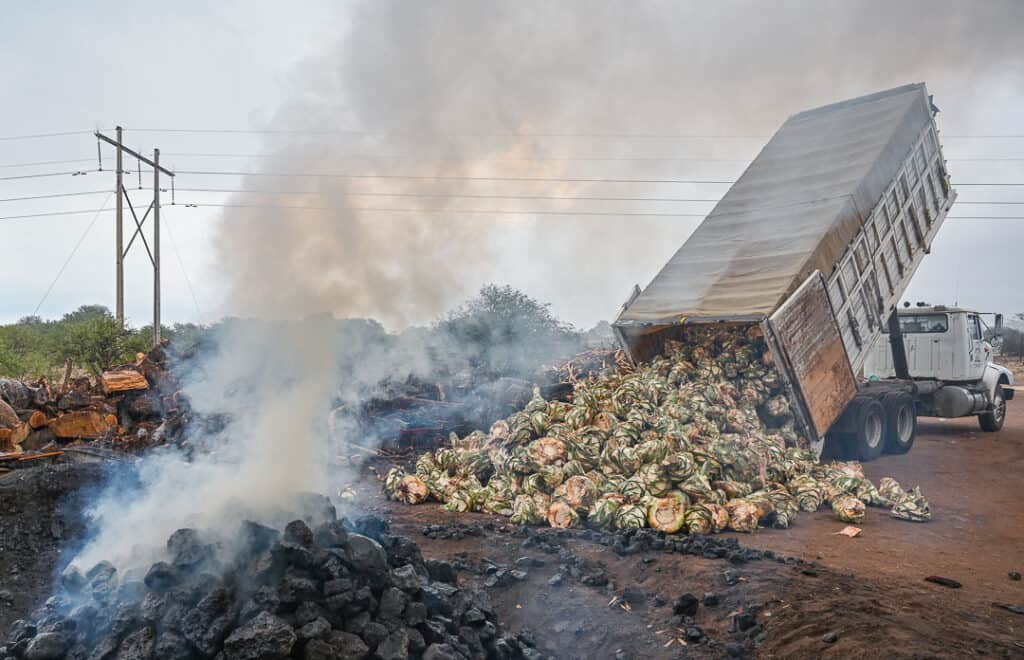


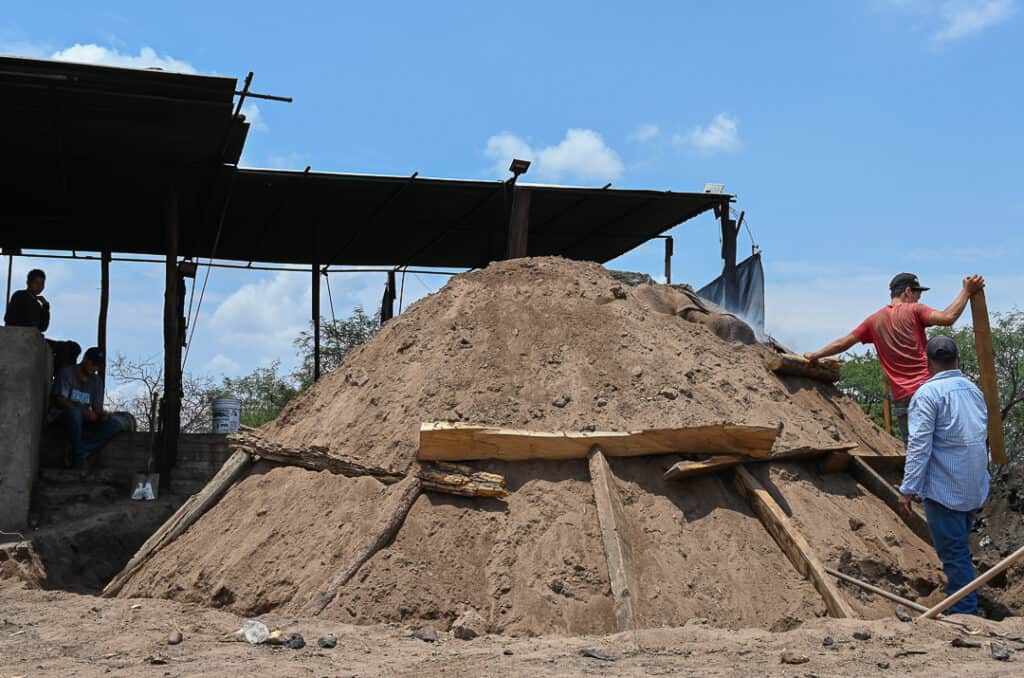
It was an honor to witness the hard work at the vinata and learn details of this beautiful, rustic process. Of course this was only elevated by the chance to share a drink with the producers. Agave spirits never taste as good as when the sweet smoke of cooked agave and the rich smell of fermentation fuse in the air around you.
Garnier describes how through their collective approach “we have discovered our own style, how we wanted to express the Lamparillo.” So as they work with new producers and build their on site vinata at the ranch, they have developed methods that work for their specific needs, because, as Gil Rodan explained to Garnier, “Lamparillo is very particular.”
Garnier says he wants to be transparent about the way they work and how he has learned from each producer and the teams working to make Ultramundo. “Our new labels will come not just with the name of the producer or of the maestro, but everyone who participated in the process. So not just Gilberto, not just Juan, but everyone. We want to give equal credit to everyone because everyone’s input is very valuable in the production.”



But how does it taste?
Back at the ranch we had the luxury of sipping Ultramundo with Garnier, glass in hand, as we drove our ATVs through the weird and wonderful world that is the Pelayo ranch. Then back at the homestead we sipped a bit more over delicious local steaks, cooked on an open fire as an enormous, full moon rose over us. This was a once in a lifetime experience. Hosting guests for a unique, eco-conscious trip, is another way Garnier can diversify and bring awareness to support the ranch.
Like all agave spirits, the tasting experience of Ultramundo is open to interpretation. The environment you are in, the experience you are having. Back in Oaxaca, Brooks (Rambling Spirits cocktail manager) shared his tasting notes of a bottle of the Lamparillo we brought home with us:
“At first on the nose you get light fruity notes of fresh cut prickly pear with hints of vanilla, that leads into a strong vegetal spice of green and yellow peppers. On the palette it leads with a strong, dry, lactic mouth feel with clean minerality that finishes smoothly. It reminds me of being deep in a cave with slowly dripping water, amongst calcium deposits forming stalactites and stalagmites.” As Garnier explained, Ultramundo distills the depth of the landscape of the region.


Producing Ultramundo is at the root of diversifying Rancho Pelayo. This mezcal incentivises research into and the protection of endemic species such as Lamparillo. Consumers that dive into the story of the spirits they drink have a chance to really embrace and be embraced by their passion. Ultramundo holds the story of their environment front and foremost.
Garnier aims to keep working with the same practices for the next ten years or so and monitor how the land improves. He says they are consulting specialists to explore what else can be done. Their goals for improving the environment at Rancho Pelayo is with “ cattle management practices, the right water, rainwater management, and also being smart about where to place the Lamparillo.” However, they are also mindful about not doing too much. Being smart and working to support natural resources is the bottom line.
Updated 7/25/2023 to correct which state Torreón is in – it is Coahuila, not Durango.

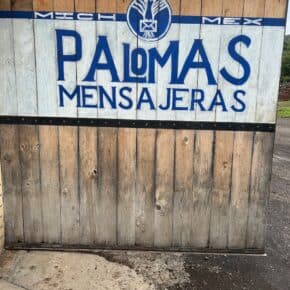










Leave a Comment